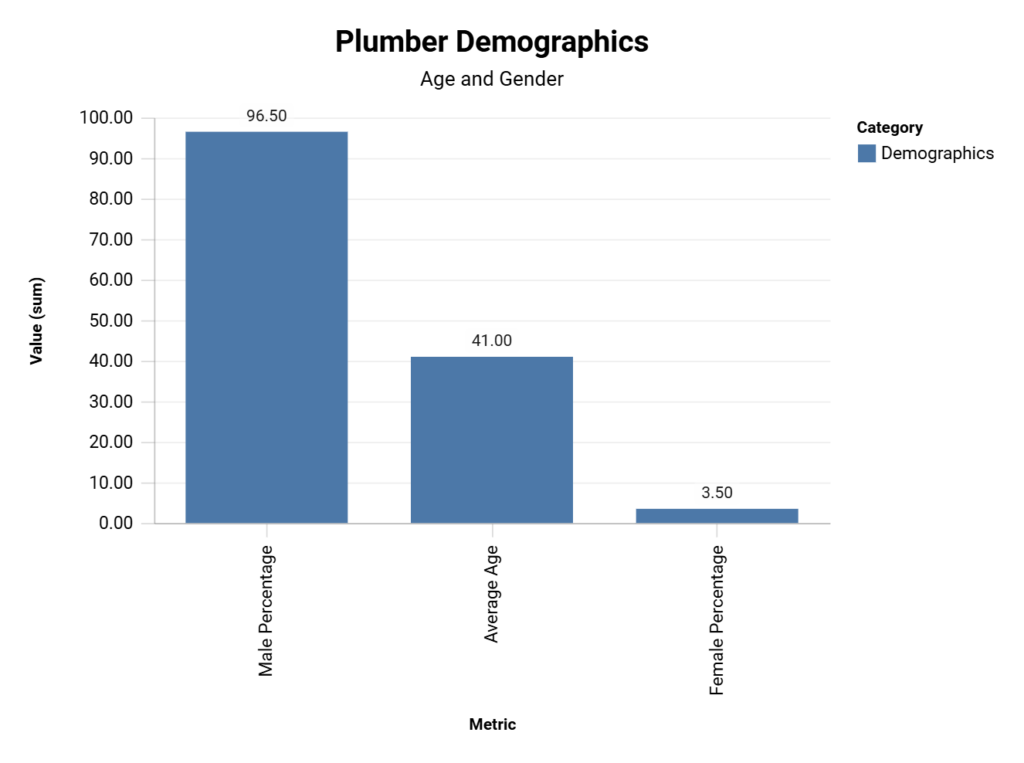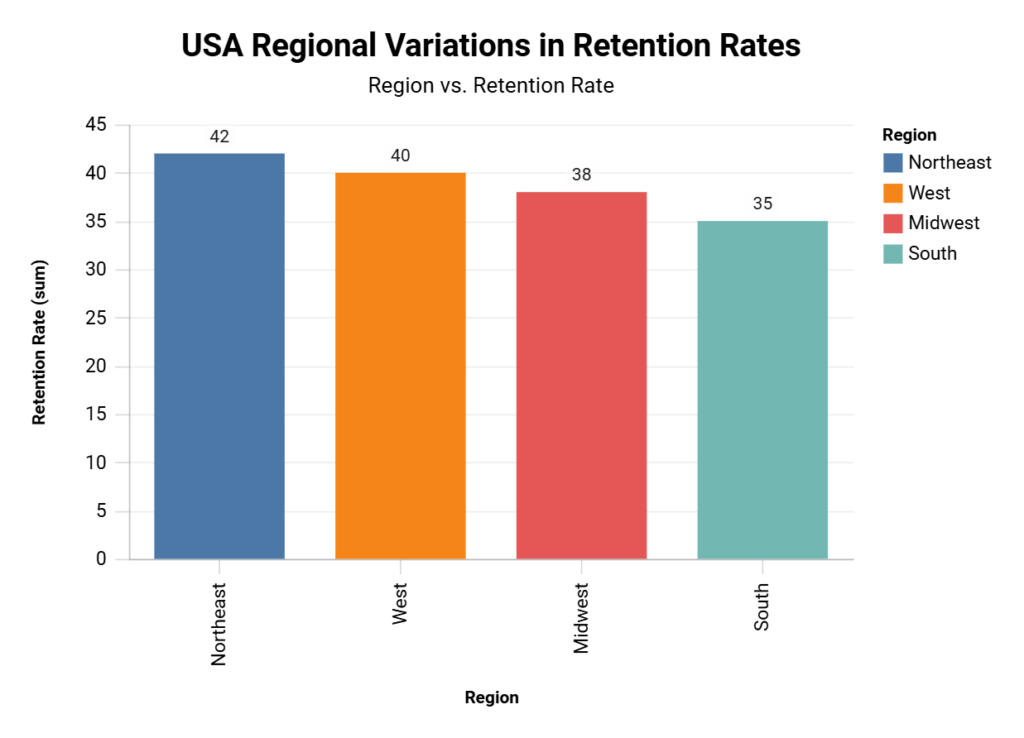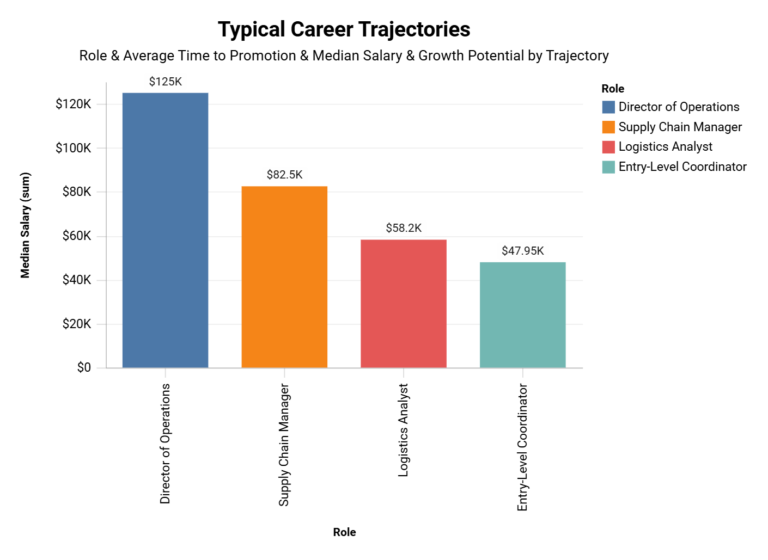Data-Driven Analysis of Entry-Level Plumber Retention Rates and Factors Influencing Career Longevity: A Statistical Study
Entry-Level Plumber Retention Rates: A Statistical Overview
The plumbing industry faces significant challenges in retaining entry-level workers, with recent data revealing concerning trends. According to Zippia's 2025 workforce analysis, only 33% of plumbers remain in the field for more than two years after entering the profession. This statistic underscores the urgent need to address retention issues in the plumbing sector.
Factors Influencing Career Longevity
Demographic Trends

The average age of plumbers in the United States is 41 years old, with 96.5% being male and only 3.5% female, as reported by Zippia in 2025. This gender disparity and aging workforce highlight the need for targeted recruitment and retention strategies to diversify and rejuvenate the industry.
Economic Factors
The U.S. Bureau of Labor Statistics reports a median salary for plumbers of $61,550 annually or $29.59 hourly as of 2025. However, entry-level wages are significantly lower, contributing to high turnover rates among newcomers to the field.
- Entry-level plumbers earn an average of $52,000 annually or $25 per hour.
- The plumbing industry is projected to add 10,900 new jobs by 2032.
- Salaries for entry-level plumbers rose by 5.91% nationally from January 2023 to January 2025.
Industry Growth and Job Security
Despite retention challenges, the plumbing job market is expected to grow by 6% through 2033, adding approximately 26,300 more jobs, according to Jobber's 2025 industry statistics. This growth potential could be a significant factor in improving retention rates if properly leveraged.
- The U.S. plumbing market is projected to reach $158.6 billion in value by 2029.
- There are currently over 132,000 plumbing businesses employing 736,000 people in the United States.
- The plumbing consumer market grew by 3.3% in 2024, indicating steady demand for services.
Retention Strategies and Their Effectiveness
Training and Apprenticeship Programs
Comprehensive apprenticeship programs have shown promise in improving retention rates. According to SendWork's 2024 industry analysis, plumbers who complete formal apprenticeships are 2.3 times more likely to remain in the field for at least five years compared to those who enter without structured training.
Technology Adoption
The integration of advanced technologies in plumbing work has been linked to higher job satisfaction and retention rates among younger workers. PM Magazine's 2025 industry outlook indicates that firms adopting AI-powered diagnostic tools and augmented reality for on-site guidance see a 28% increase in retention rates among entry-level plumbers.
Career Advancement Opportunities
Companies offering clear pathways for career progression report significantly higher retention rates. The Plumber Magazine's 2024 report shows that plumbers with access to specialized training and leadership development programs are 37% more likely to remain with their employer long-term.
Retention Rate Variations

Retention rates vary significantly across different regions of the United States, as reported by Jobber's 2025 industry statistics:
- Northeast: 42% retention rate after 3 years
- Midwest: 38% retention rate after 3 years
- South: 35% retention rate after 3 years
- West: 40% retention rate after 3 years
These regional differences highlight the need for localized strategies to address retention challenges.
Conclusion and Future Outlook
While the plumbing industry continues to face significant challenges in retaining entry-level workers, emerging trends and strategies offer hope for improvement. By focusing on comprehensive training programs, embracing technology, and creating clear career advancement pathways, the industry can work towards better retention rates and a more stable workforce.
For those interested in entering the plumbing field or improving their skills, this Fast-Track Plumbing Career Course offers an accelerated 4-16 week path tailored to the modern plumbing industry. Start your first lesson free and join the ranks of skilled plumbers shaping the future of this essential trade.
Source Data
| Article Title | Publication | Date |
|---|---|---|
| Plumber Demographics and Statistics | Zippia | 04/05/2025 |
| 11 Plumbing Industry Statistics and Trends to Know for 2025 | Jobber | 01/09/2025 |
| 2025 Plumbing Industry Outlook | PM Magazine | 12/06/2024 |
| The Future of Plumbing Workforce: Attracting Young Talent and Diversifying the Industry | SendWork | 11/16/2024 |
| Understanding the Average Age of Plumbers in the U.S. | Plumber Magazine | 05/31/2024 |
Explore More Plumbing Insights
If you found this review helpful, check out our other plumbing-related articles for deeper insights:
- Statistical Evaluation of Technology Adoption Among Entry-Level Plumbers: Impact on Job Performance and Career Advancement
- A Data-Centric Approach to Analyzing the Skills Gap in Entry-Level Plumbing: Statistical Insights for Education and Training Programs
- CourseCareers Plumbing Course Review
These articles provide valuable data on career growth, technology adoption, and training strategies for aspiring plumbers.





